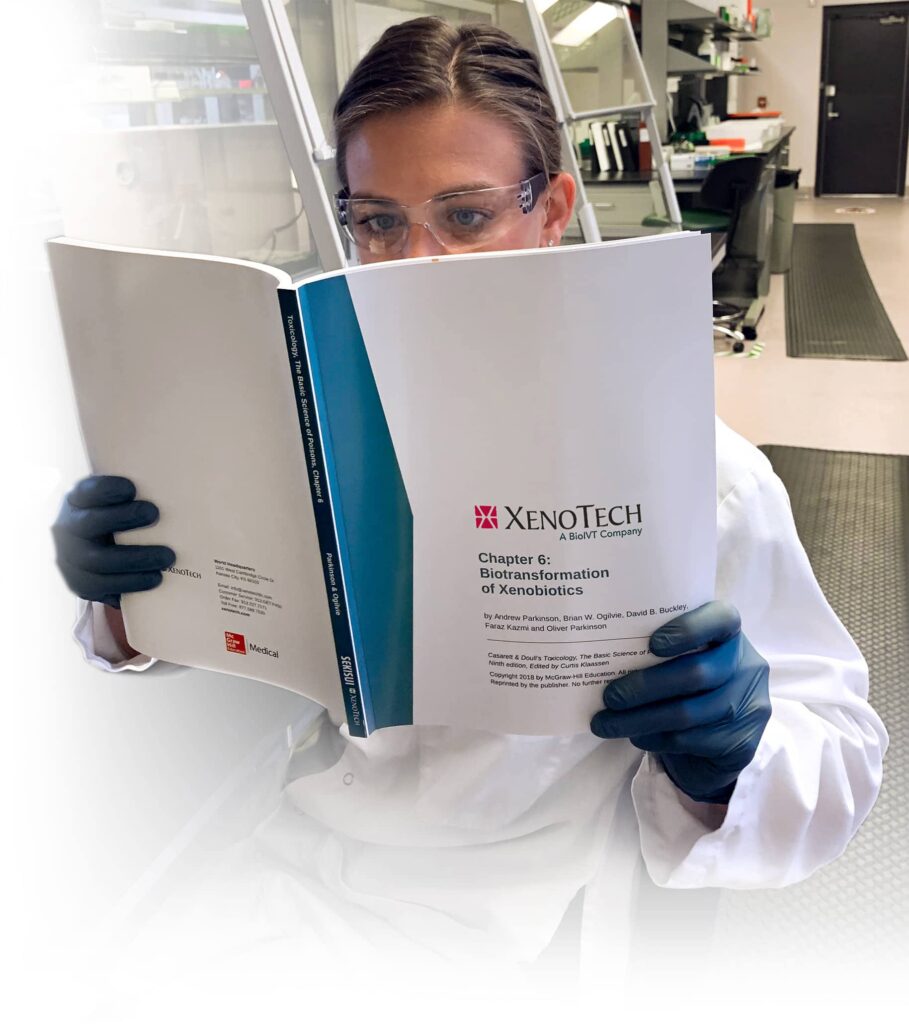
The Impact of Incomplete Dose-Response Curves on EC50 and Emax Determinations in Enzyme Induction
Full Title
The Impact of Incomplete Dose-Response Curves on EC50 and Emax Determinations in Enzyme Induction Assessment
Abstract
In evaluating the enzyme induction potential of a new drug candidate, it is common practice to calculate EC50 and Emax values to aid the prediction of drug-drug interactions. Typically, EC50 and Emax values are calculated when an increase of two-fold or higher is observed and these values are used to assess clinical induction potential. In literature, there are two common approaches, but not limited to, the sigmoid 3-parameter and Hill 3-parameter equations. In general, the sigmoid 3-parameter equation forces the calculated Emax towards the maximal experimentally observed value regardless of whether a ‘true’ Emax has been reached. Conversely, the Hill 3-parameter equation extrapolates the data set to calculate Emax and EC50 values that are closer to those obtained with a comprehensive data set. Therefore, these equations can generate disparate Emax, and therefore EC50 values with data sets where maximal induction is not reached.